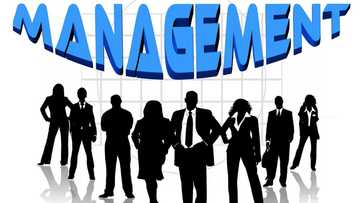Functions of project management tools
Functions of project management tools play a vital role in any project. It does not matter whether you create a website, prepare and launch a new advertising campaign, etc. Everything is always dependent on the success of the team.
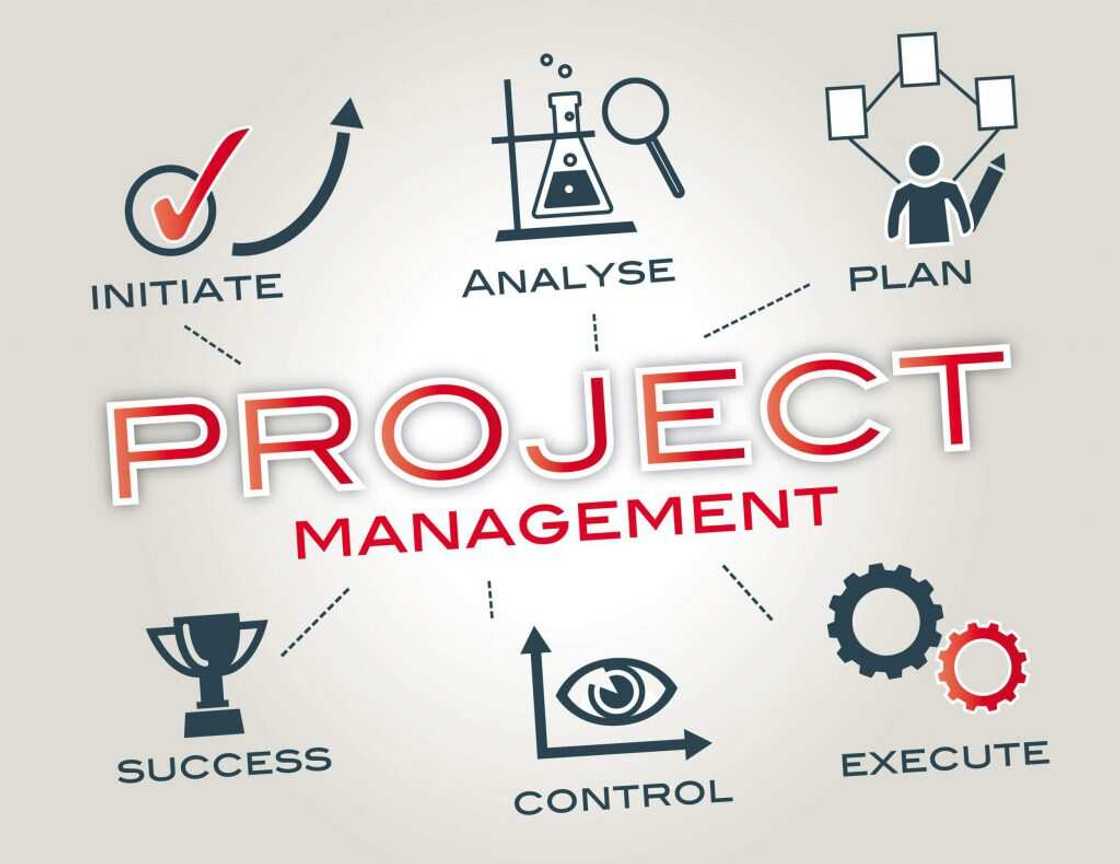
Source: UGC
What is project management?
The application of knowledge, skills, tools and methods to meet the requirements of a project is project management. If translated into human language, then the project manager is a person who can choose the right team for the project and create normal working conditions for the team and not interfere.
It turns out that project management is all that the manager does for the project to be completed on time, efficiently and within a budget.
Functions of project management

Source: UGC
In project management, functions are all connected 47 main work processes are combined into five groups: initiation - approval of the project concept and deciding to launch the project;
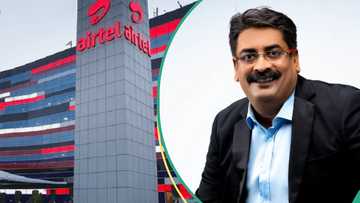
Read also
“Interests of consumers”: Airtel CEO finally reacts to approved increase in call, data tariff
- planning - defining the plan and preparing for the execution of the project;
- execution - performance of work according to the project management plan;
- monitoring and control - tracking, checking and reporting on the progress of the project to achieve goals;
- closing - the completion of the project, the transfer of documentation.
Roles and Responsibilities in Project Management
- Customer
Work with requirements and prioritization; demonstration of product functionality, versions, prototypes; reporting; regular communication and feedback; monitoring of deadlines and timely notification; building trust, managing expectations.
- Team
Formation and set; introduction to the case, training; formulation of the workflow (development, testing, work with the requirements); motivation and building effective interaction; conflict resolution, elimination of interference in the work.
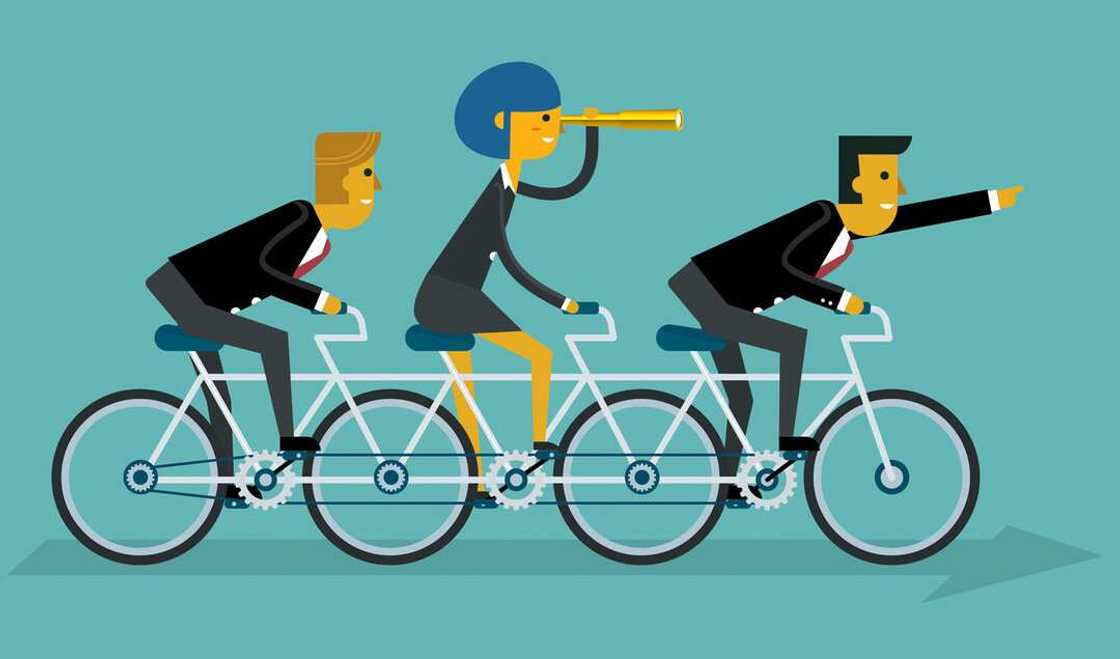
Source: UGC
- Product
Drawing up development and launch plan; breakdown into components, tasks, and subtasks; the appointment of performers; performance monitoring and risk analysis; quality control; reporting; version control.
- Company
Drawing up a development and delivery plan; staff recruitment, training, retention; setting the workflow; profitability; reporting; Satisfying the business goals of the customer within a specified time frame and building trusting relationships.
Who is the project manager?

Source: UGC
If you turn to PMBoK, the project manager is the person appointed by the executing organization to lead the team and is responsible for achieving the objectives of the project.
The concept of who the Project Manager is quite vague. Someone thinks that PM should have programming experience. For someone, soft skills are more important. It often happens that the duties of the PM are combined with the responsibilities of:
- team leads
- QA, UX-designer
- BA
- content manager, etc.
Project Manager is not a universal soldier. It is a person who specializes in project management.
Project management tools and techniques
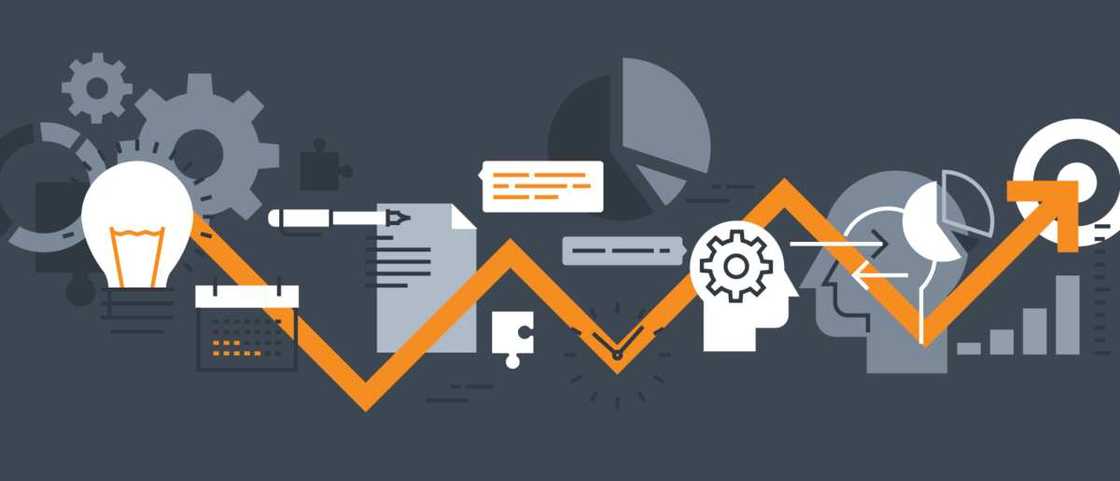
Source: UGC
In simple words, project management is the management and organization of everything that is needed to achieve a goal - on time and within budget of course.
READ ALSO: 20 attributes of right attitude to work and qualities to develop
TOP used standard project management tools
- Agile
- Scrum
- Lean
- Kanban
- Six Sigma
- PRINCE2
Agile

Source: UGC
Agile is a family of flexible, iterative methods for project and product management. According to this approach, the project is divided not into successive phases, but into small subprojects, which are then “assembled” into the finished product.
Thus, initiation and high-level planning are carried out for the entire project, and the subsequent stages: development and testing. Others are conducted for each mini-project separately. This allows transferring the results of these mini-projects to the so-called increments much faster. Then by starting a new sub-project, you can make changes to it without high costs and impact on the rest of the project.
The most important advantage of Agile is its flexibility and adaptability.
Unlike PRINCE2 and PMBOK, Agile is neither a methodology nor a standard. Agile is a set of principles and values. The weak side is that each team will have to independently create its management system, guided by the principles of Agile.
Scrum
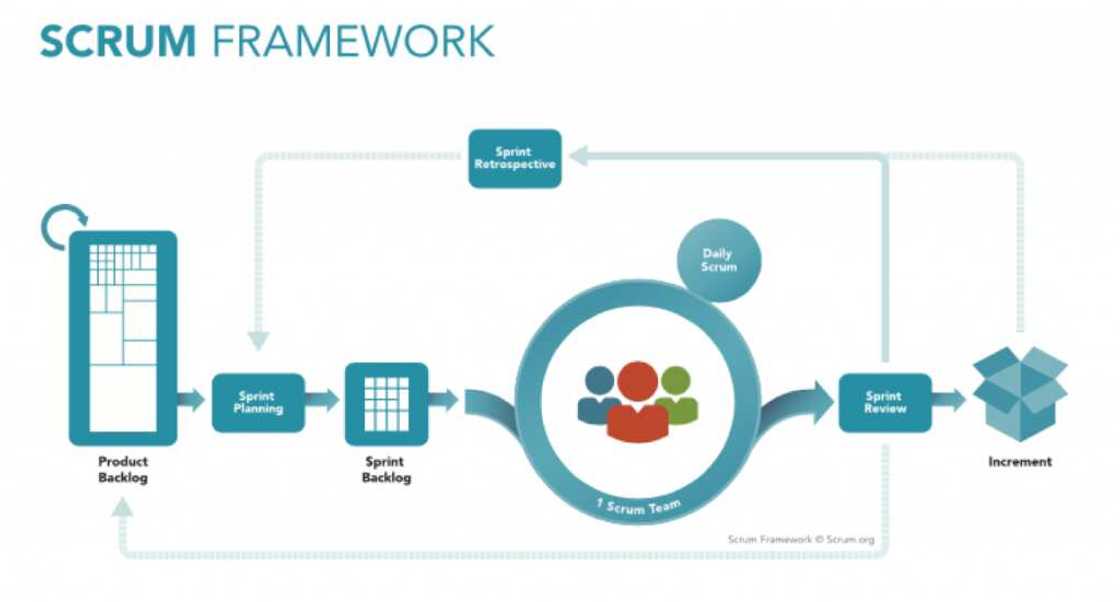
Source: UGC
The flexible framework created in 1986 is considered the most structured of the Agile family. Established in 1986, it combines elements of a classic process and ideas of a flexible approach to project management. The result was a very balanced combination of flexibility and structure.
Following the principles of Agile, Scrum breaks a project into parts that can be immediately used by the Customer to obtain values, called product backlog.
Scrum is very picky about the project team. It should be small (5-9 people) and cross-functional - that is, team members should have more than one competency required for the project.
Lean
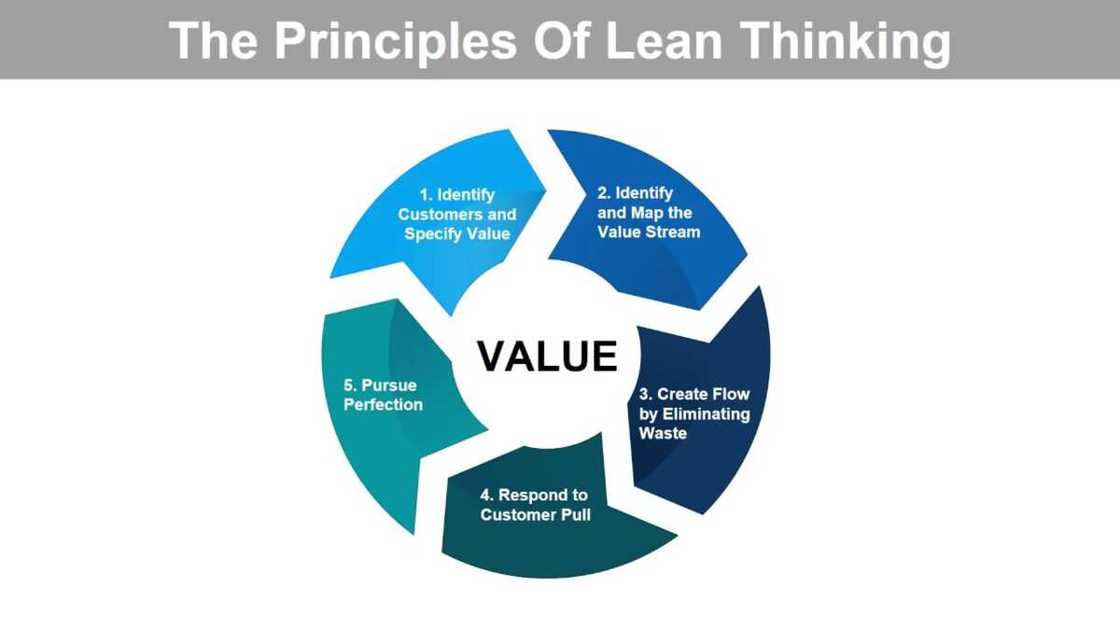
Source: UGC
The work is divided into small delivery packages, which are sold separately and independently in Lean.
Strengths of Lean
If you like Agile ideas, but the project requires very consistent quality and precise execution, Lean provides a set of tools to meet these requirements. Lean combines flexibility and structure, like Scrum, but in a slightly different way.
Lean weaknesses
Not every part of the project requires equally detailed and meticulous work and attention. But Lean assumes just such an approach to each task and stage.
Kanban
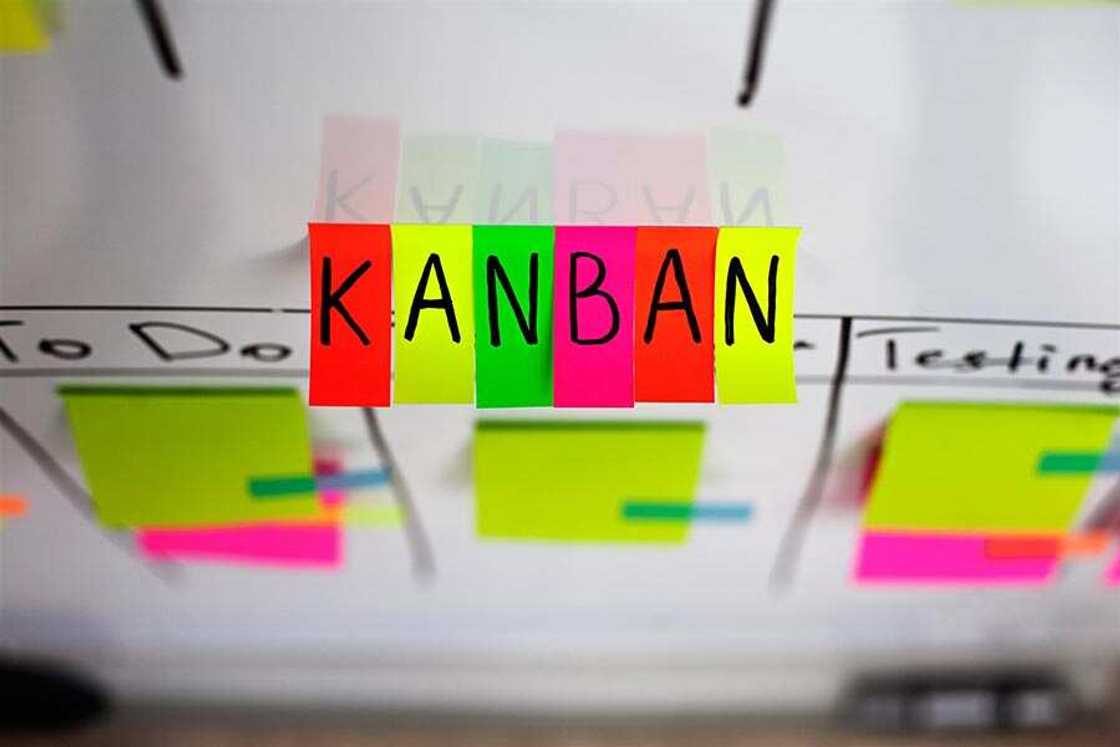
Source: UGC
Kanban is very similar to the industrial production scheme. Also in Kanban, the increment of the product is transferred forward from stage to stage, and in the end, we get the item ready for delivery.
Kanban strengths
Like Scrum, Kanban is well suited for a fairly cohesive team with good communication. But unlike Scrum, Kanban has no clear deadlines set, which is well suited for motivated and experienced teams.
Kanban weaknesses
You can often hear that in Kanban, unlike Scrum, you can work with almost any team. But it is not so. Kanban is best suited for groups whose members' skills overlap with each other.
Six Sigma
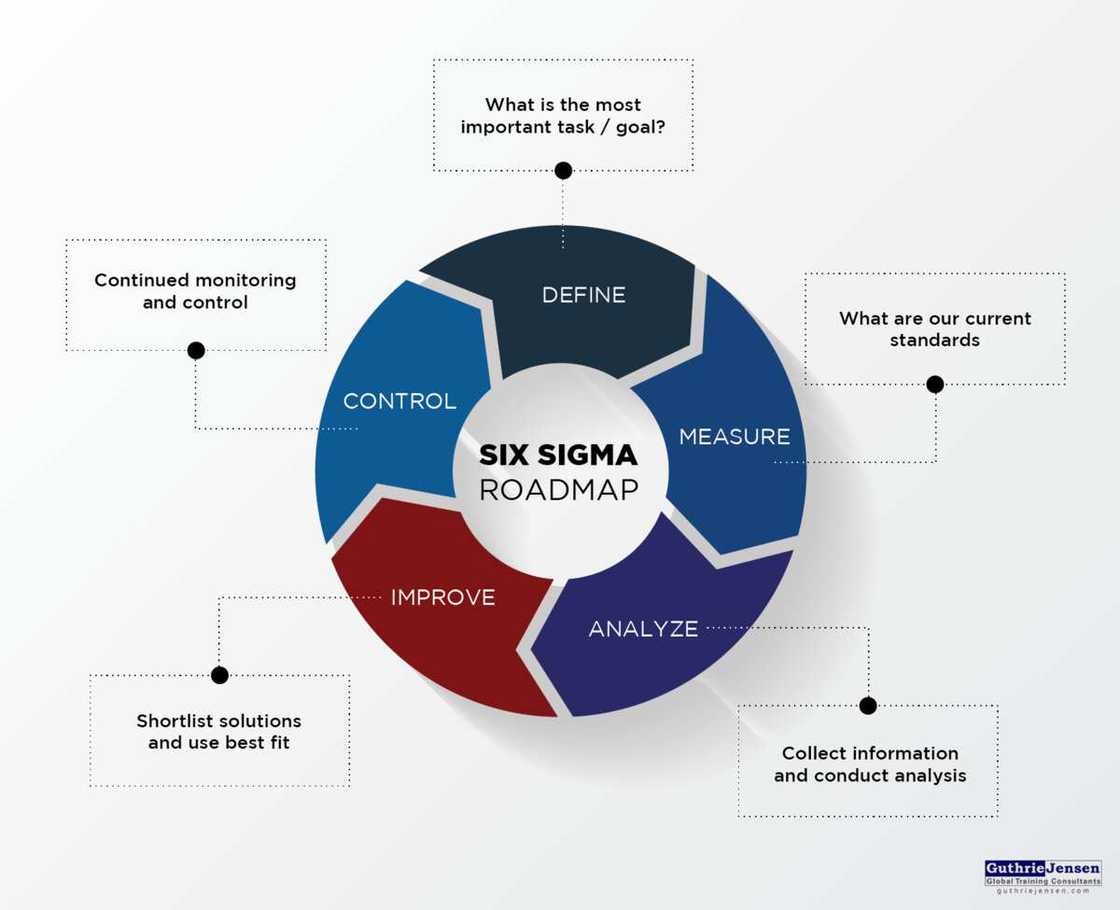
Source: UGC
Motorola, along with Toyota, also contributed to the development of global project management. Bill Smith, the engineer of this company, created the concept of 6 Sigmas in 1986. This is a more structured version of Lean and Kanban, to which more planning has been added to save resources, improve quality, and reduce waste and problems.
Six Sigma is very similar to Kanban, only with the established stages of the implementation of tasks - planning, setting goals and quality testing.
PRINCE2

Source: UGC
NASA is not the only government organization that has contributed to the development of project management. The British Government has long appreciated the effectiveness of project management, and in 1989 the British methodology PRINCE2 was created. The name comes from the acronym "PRojects IN Controlled Environments version 2.
Project management is a science, but science is not the most accurate. There are no 100% foundations and universal solutions in functions of management for the project. If you manage to find a method ideally suited to your project - consider yourself lucky, because most less successful managers have to make efforts to create and customize their project management systems.
These systems can be made up of elements of existing systems or even created entirely from scratch. The main thing is to use something that will give you at least some structure.
READ ALSO: What is motivation theory?
Source: Legit.ng






